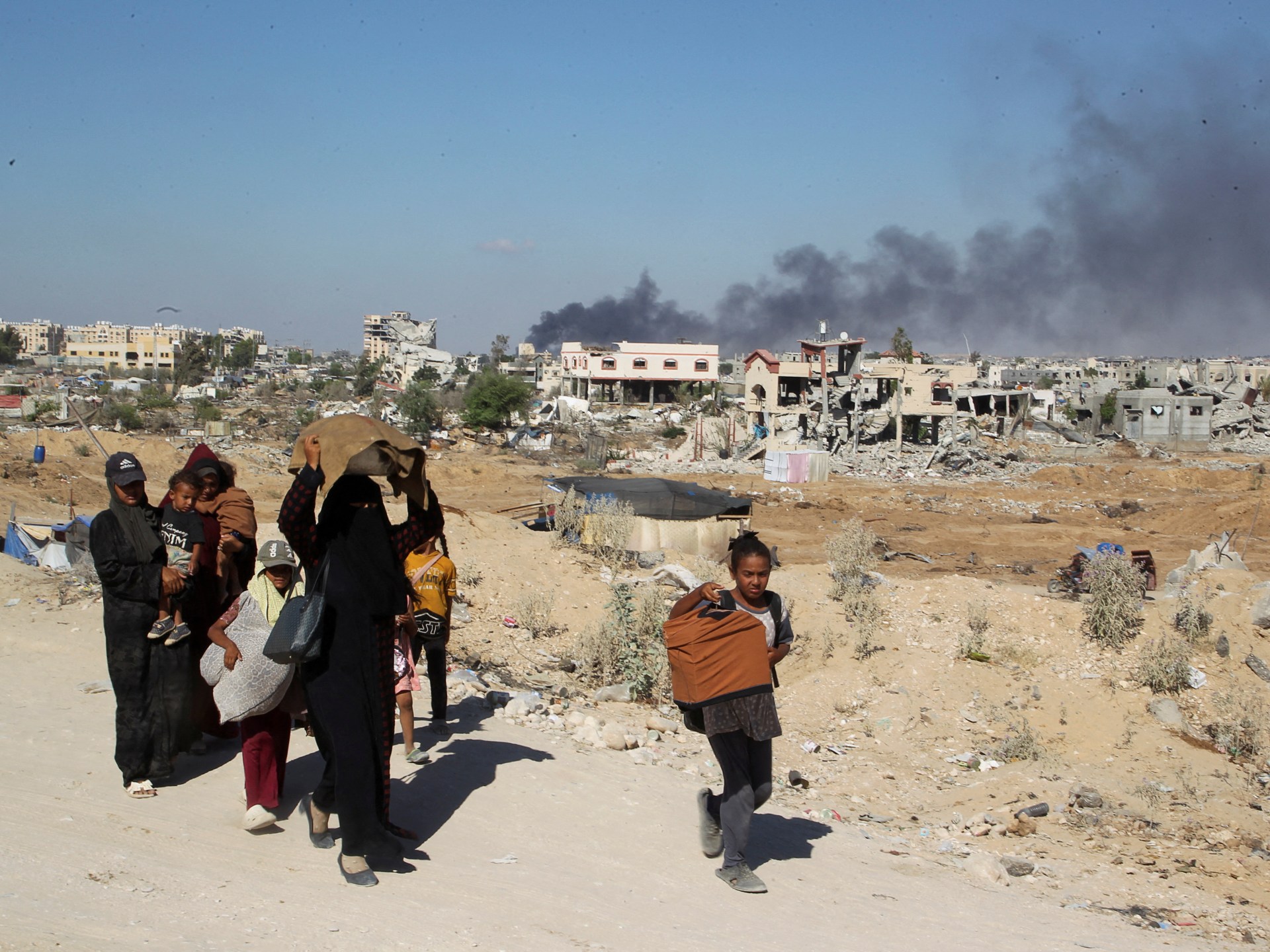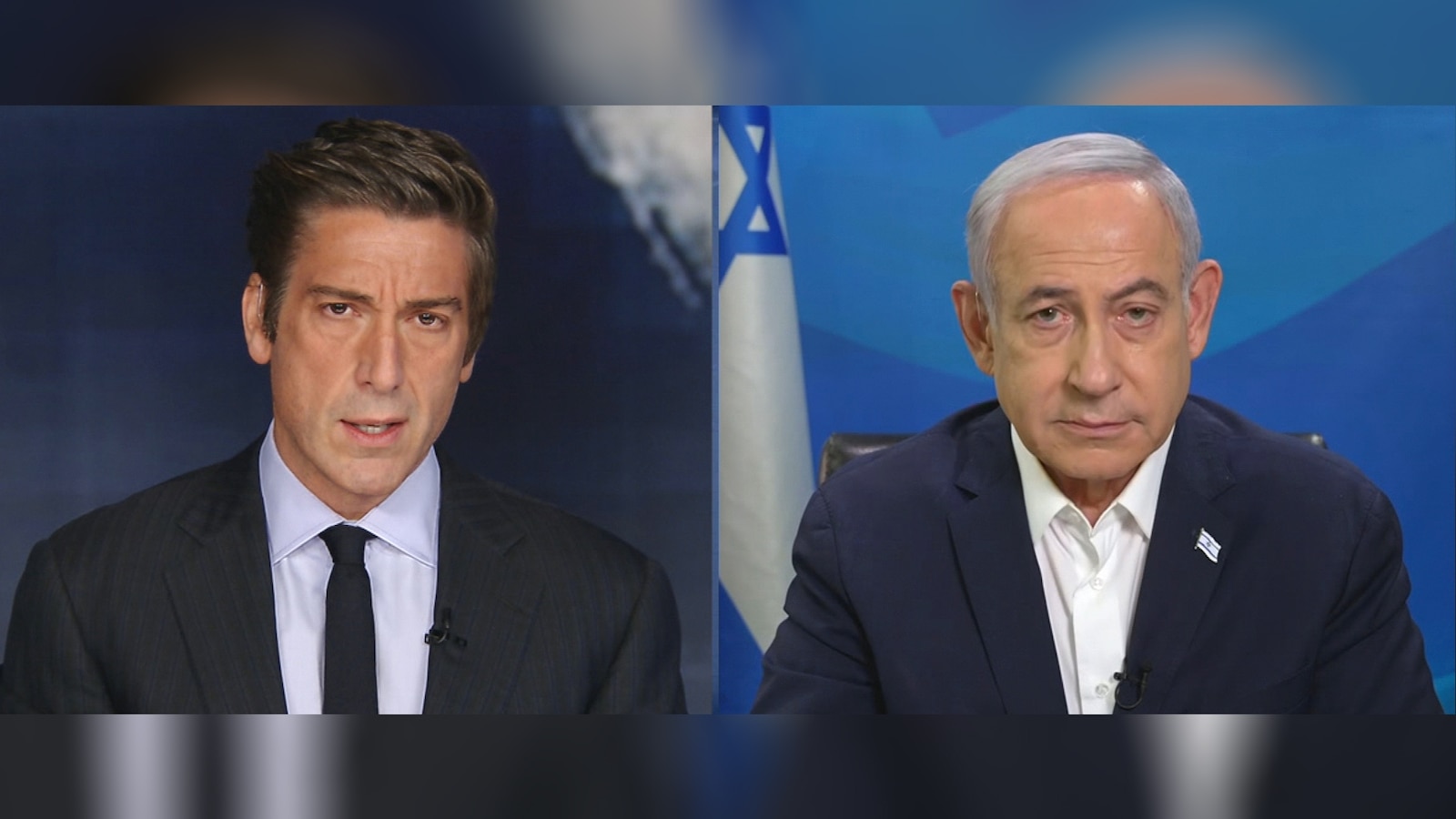Bridging Proposal Offers Path to Regional De-escalation and End to Gaza War
Amidst heightened tensions following the assassinations of Hezbollah commander and Hamas political chief, mediators from the United States, Qatar, and Egypt have presented a “bridging proposal” that aims to establish a ceasefire in Gaza and secure the release of Israeli captives.
Ceasefire Negotiations and Optimism
The announcement follows intensive ceasefire negotiations in Doha, which have been described as “serious and constructive.” The three mediators have expressed optimism about the prospects of reaching an agreement that would end the war and bring relief to the people of Gaza.
US President Joe Biden has conveyed a positive outlook, stating that the talks are “much, much closer” to a deal compared to earlier stages.
Proposed Plan Details
The latest proposal builds upon a previous plan presented by President Biden in May, which involves a multiphased approach to ending the conflict.
- Six-week pause in fighting: This would allow for the release of some Israeli captives held in Gaza and Palestinian prisoners in Israeli jails.
- Permanent end to fighting and release of all Israeli captives: The second phase would mark a permanent cessation of hostilities and the liberation of remaining Israeli detainees.
- Reconstruction of Gaza Strip: The final phase would focus on rebuilding the war-ravaged Gaza Strip.
Working teams are currently engaged in technical discussions to finalize implementation details, including humanitarian provisions and arrangements for hostages and detainees.
Hamas’ Position
Hamas has emphasized that it will only accept a deal that ensures a permanent ceasefire, complete withdrawal of Israeli forces from Gaza, and a substantial prisoner exchange.
However, Husam Badran, a member of Hamas’ political bureau, has expressed skepticism about Israel’s commitment to peace, accusing Prime Minister Benjamin Netanyahu of obstructing the talks.
Israel’s Ambiguous Stance
Israel has not provided a clear vision for ending the war. While some officials support the proposed ceasefire, Netanyahu has insisted on “total victory” before laying down arms.
Israeli media reports suggest that Netanyahu is facing pressure from security chiefs to accept the deal and avoid further escalation.
International Pressure and Diplomacy
The mediators have firmly rejected any delays in implementing the agreement, emphasizing the urgency of saving lives and de-escalating regional tensions.
US Secretary of State Antony Blinken is scheduled to visit Israel to intensify diplomatic efforts and encourage all parties to avoid actions that could undermine the peace process.
White House spokesperson John Kirby has described the negotiations as “promising” and urged the remaining obstacles to be overcome.
The Qatari Ministry of Foreign Affairs has reaffirmed the mediators’ commitment to achieving a ceasefire and moving forward with their endeavors.
Implementation and Remaining Challenges
While the bridging proposal has sparked optimism, it is important to note that implementation mechanisms are still being established.
The success of the agreement hinges on the cooperation of all parties involved, both within Gaza and Israel. The resolution of long-standing issues, such as the status of Palestinian prisoners and the future of Gaza, will require careful negotiations and compromises.
Despite the challenges, the bridging proposal represents a significant step towards ending the conflict and restoring stability to the region. The commitment of the mediators and the diplomatic efforts underway provide a glimmer of hope for a peaceful resolution.



